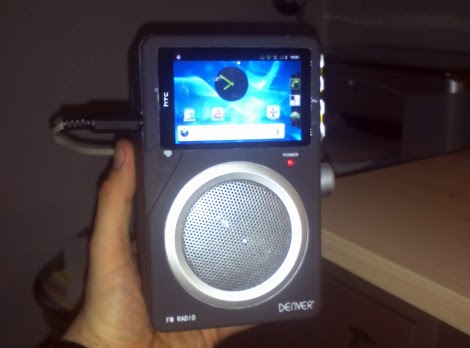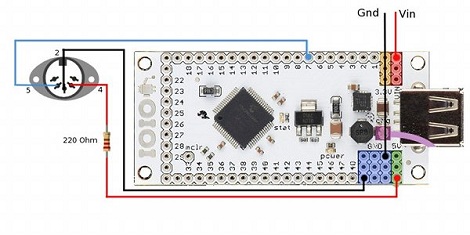
Sous vide cookers aren’t anything new, but [Phil] wanted to build the first sous vide using the osPID, an open source PID controller just released in the last month.
The build uses the osPID Open Source PID controller we saw last week that comes with inputs for a thermocouple and pair of relays capable of switching a hot plate or immersion heater. The osPID is based on the Arduino and was created by [Brett Beauregard], author of the Arduino PID library.
Getting to the meat and potatoes of the build, [Phil] connected a 300 Watt immersion heater to the osPID and put the heater in a bowl of water. A delicious looking cut of beef tenderloin was shoved into a ziplock bag and suspended in the bowl of warm water for a few hours. With the heater and thermocouple attached to the osPID, the temperature was set at 130° F and the entire device was left alone for a few hours. Looking at [Phil]’s recipe for tenderloin with lemon parsley butter whets our taste buds, so we’ll hope [Phil]’s dinner came out just fine.










Recent Comments